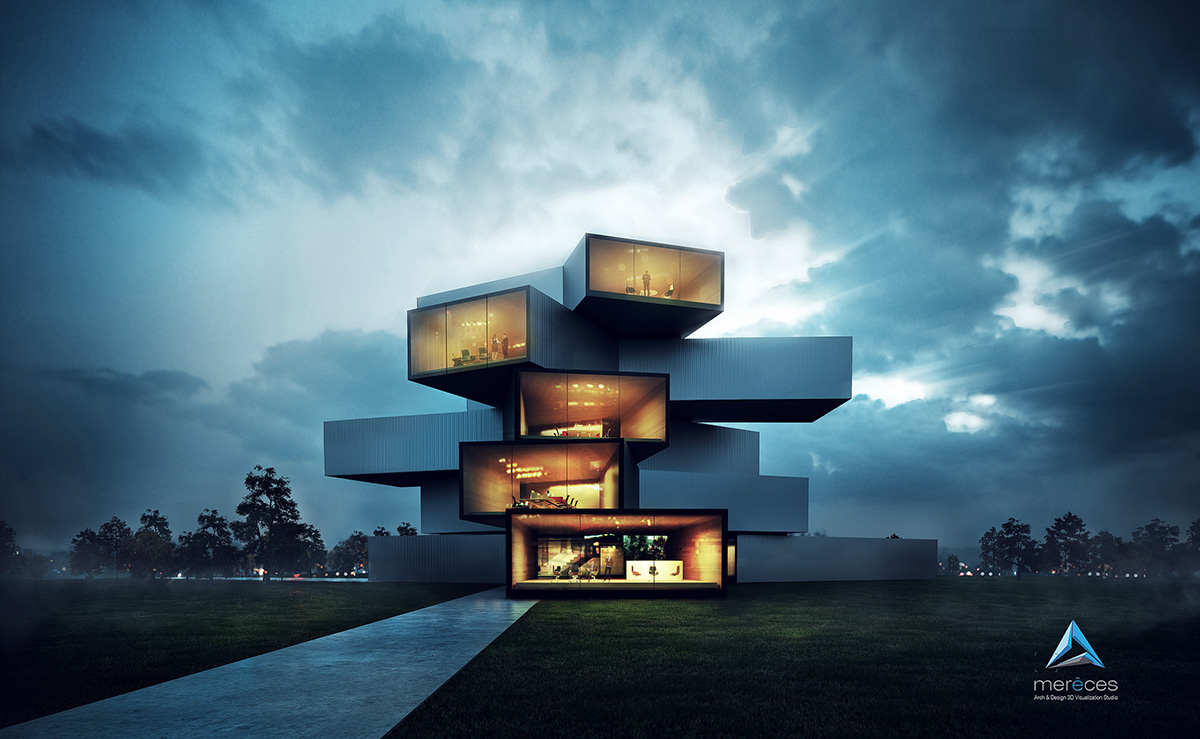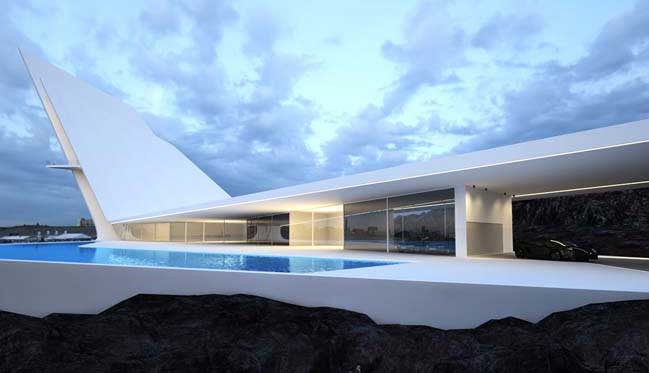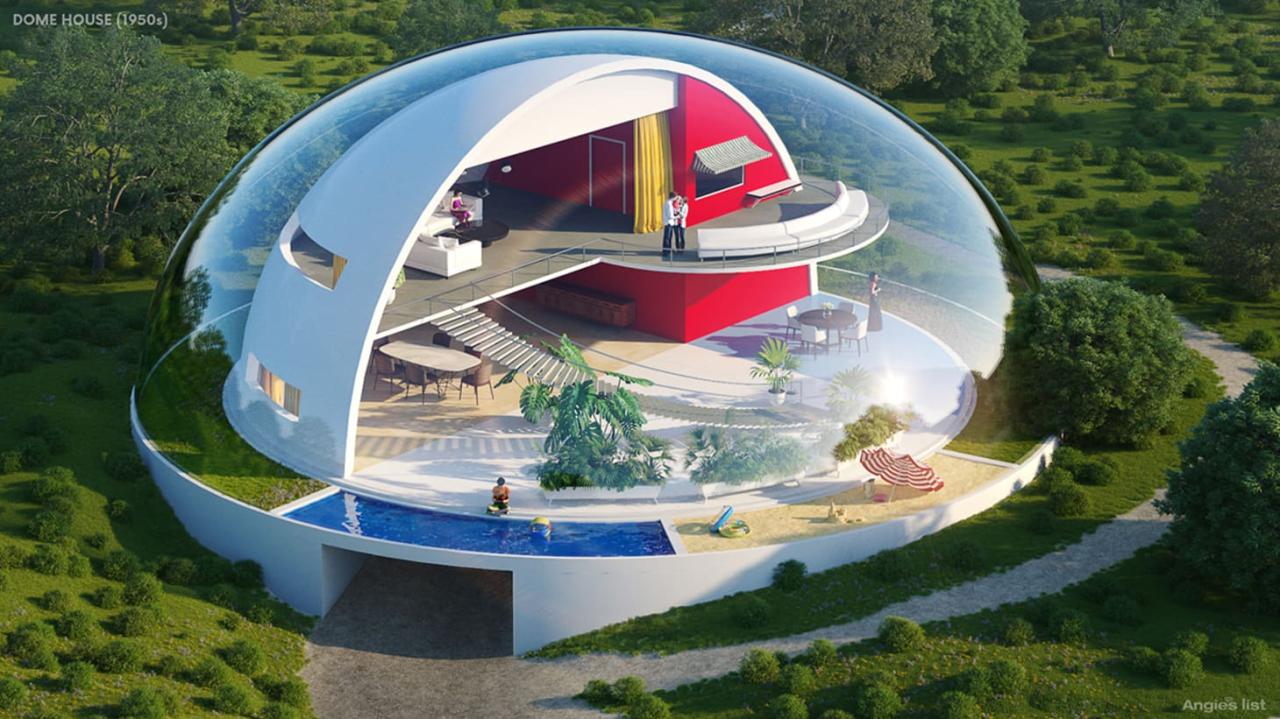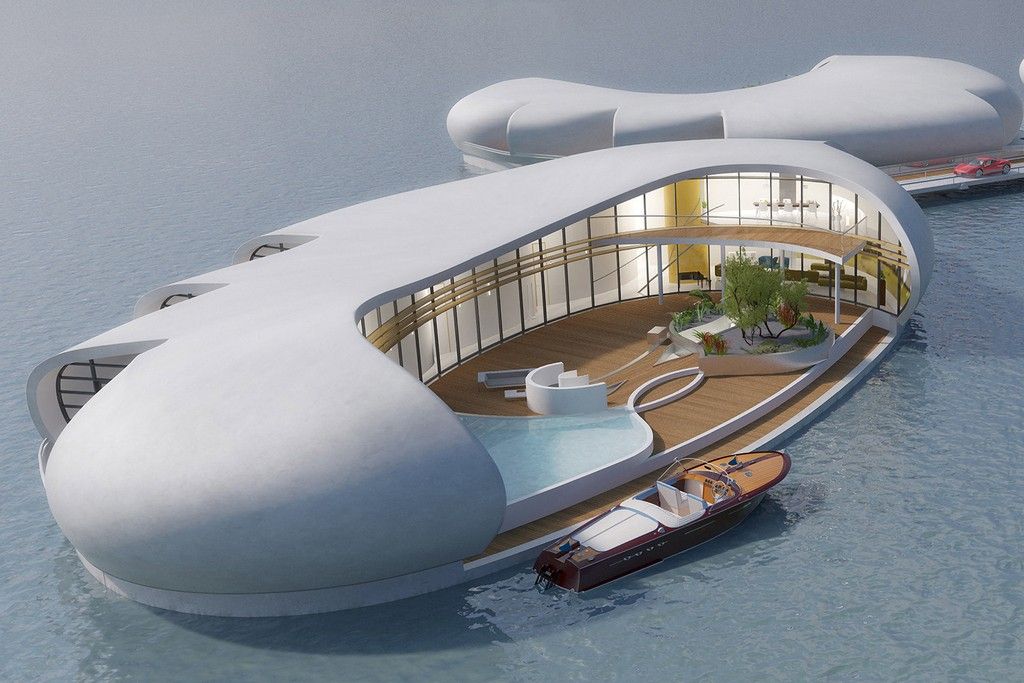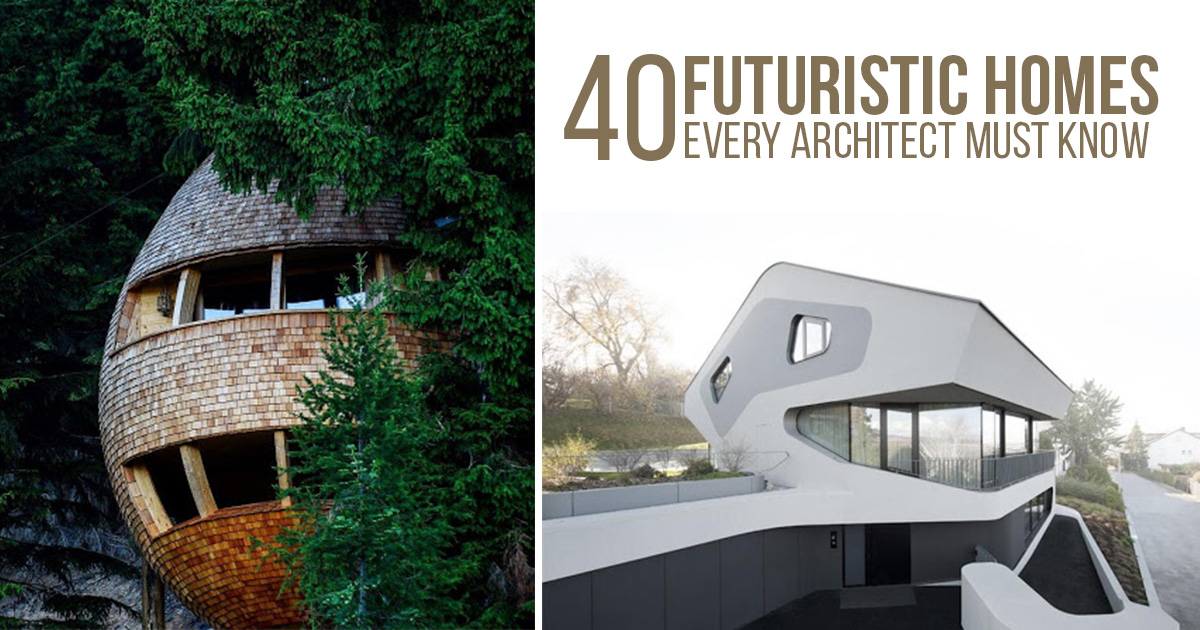The Future of Modern Houses: A Glimpse into Innovation and Sustainability
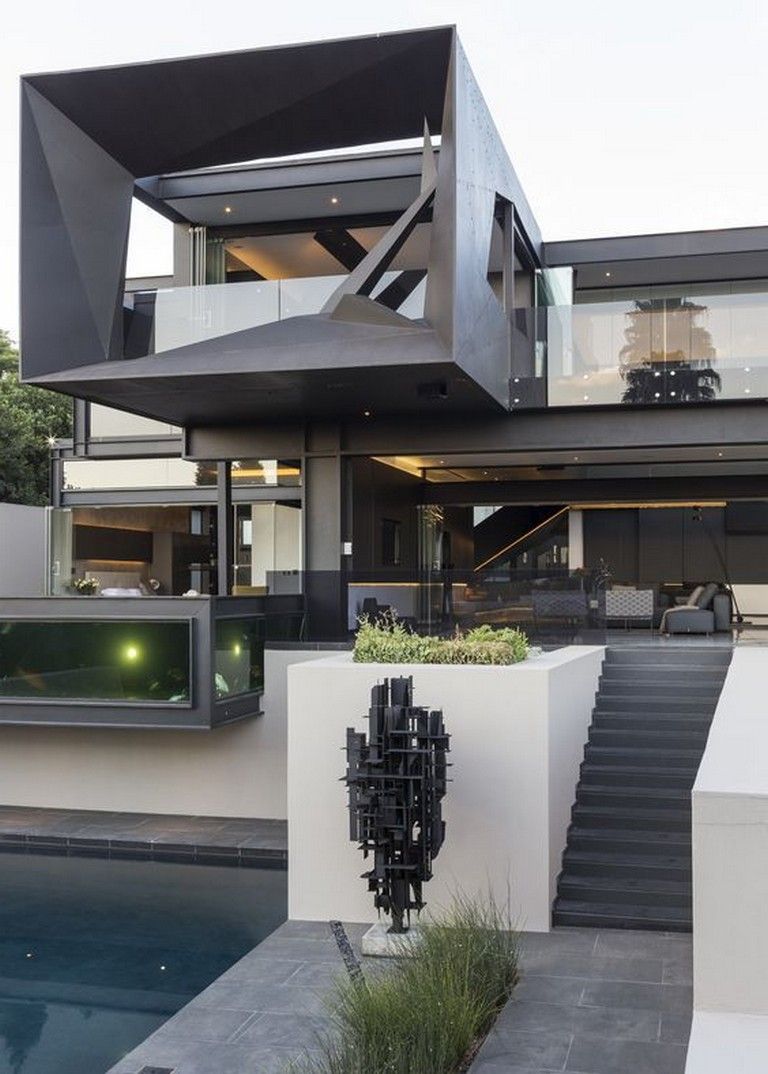
As the world grapples with the challenges of climate change, technological advancements, and shifting societal values, the concept of a modern house is undergoing a significant transformation. The future of modern houses is not just about aesthetics; it’s about creating sustainable, energy-efficient, and technologically advanced spaces that cater to the needs of its inhabitants while minimizing its impact on the environment. In this article, we’ll delve into the innovative features, design principles, and technological advancements that will shape the future of modern houses.
1. Sustainable and Energy-Efficient Designs
The future of modern houses is inextricably linked to sustainability and energy efficiency. As concern for the environment continues to grow, homeowners are seeking designs that not only minimize their carbon footprint but also reduce their energy consumption. In my opinion, sustainable design is not just a trend; it’s a necessity. By incorporating features such as:
- Solar panels and wind turbines to generate renewable energy
- Insulated walls and roofs to reduce heat loss and gain
- Rainwater harvesting systems to conserve water
- Energy-efficient appliances and lighting
- Passive solar design to maximize natural light and heat

homeowners can significantly reduce their reliance on fossil fuels and minimize their impact on the environment.
2. Smart Home Technology
Smart home technology is revolutionizing the way we live and interact with our homes. With the rise of the Internet of Things (IoT), smart home devices are becoming increasingly sophisticated, enabling homeowners to control and monitor their homes remotely. From voice-controlled thermostats to automated lighting systems, smart home technology is enhancing the comfort, convenience, and security of modern homes.
In my opinion, smart home technology has the potential to transform the way we live and interact with our homes. For example, smart thermostats can learn our temperature preferences and adjust the temperature accordingly, while automated lighting systems can simulate occupancy to deter intruders.
3. Modular and Prefabricated Construction

Modular and prefabricated construction is gaining popularity as a sustainable and efficient way to build modern homes. By assembling modules in a factory and transporting them to the site, construction time and waste can be significantly reduced. In my opinion, modular construction is the future of home building. Not only is it more efficient, but it also enables the creation of complex designs that would be difficult to achieve with traditional construction methods.
4. Energy-Harvesting Building Materials
Energy-harvesting building materials are a relatively new concept that’s gaining traction in the architecture world. These materials, such as solar windows and thermoelectric walls, can harness energy from the environment and convert it into electricity. In my opinion, energy-harvesting building materials have the potential to revolutionize the way we generate energy. By integrating these materials into our homes, we can reduce our reliance on fossil fuels and create a more sustainable future.
5. Adaptive Reuse and Recycled Materials
Adaptive reuse and recycled materials are becoming increasingly popular in modern home design. By repurposing old buildings and materials, homeowners can reduce waste, conserve resources, and create unique and sustainable spaces. In my opinion, adaptive reuse is a brilliant way to breathe new life into old buildings while preserving their historical significance.
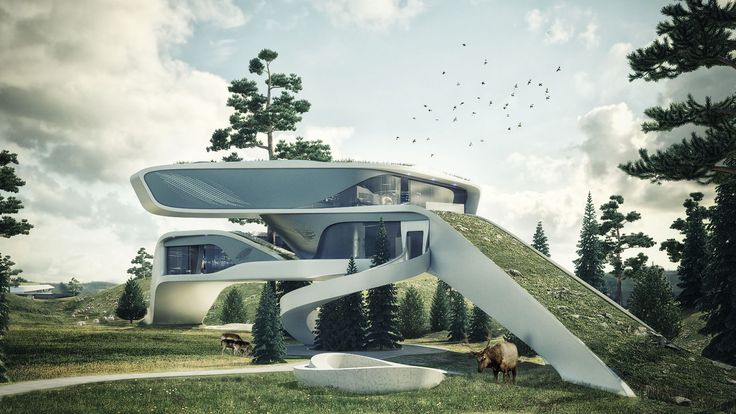
6. Biophilic Design
Biophilic design is an architectural approach that seeks to reconnect us with nature. By incorporating elements of nature, such as natural light, ventilation, and materials, biophilic design can enhance our well-being and productivity. In my opinion, biophilic design is essential for creating healthy and sustainable spaces. By incorporating natural elements into our homes, we can reduce our stress levels, improve our mood, and enhance our quality of life.
7. 3D Printing and Advanced Manufacturing
3D printing and advanced manufacturing are transforming the construction industry. By using additive manufacturing techniques, architects and builders can create complex shapes and structures that would be difficult to achieve with traditional construction methods. In my opinion, 3D printing has the potential to revolutionize the construction industry. Not only can it reduce construction time and waste, but it also enables the creation of complex designs that were previously impossible to achieve.
8. Net Zero Energy Homes
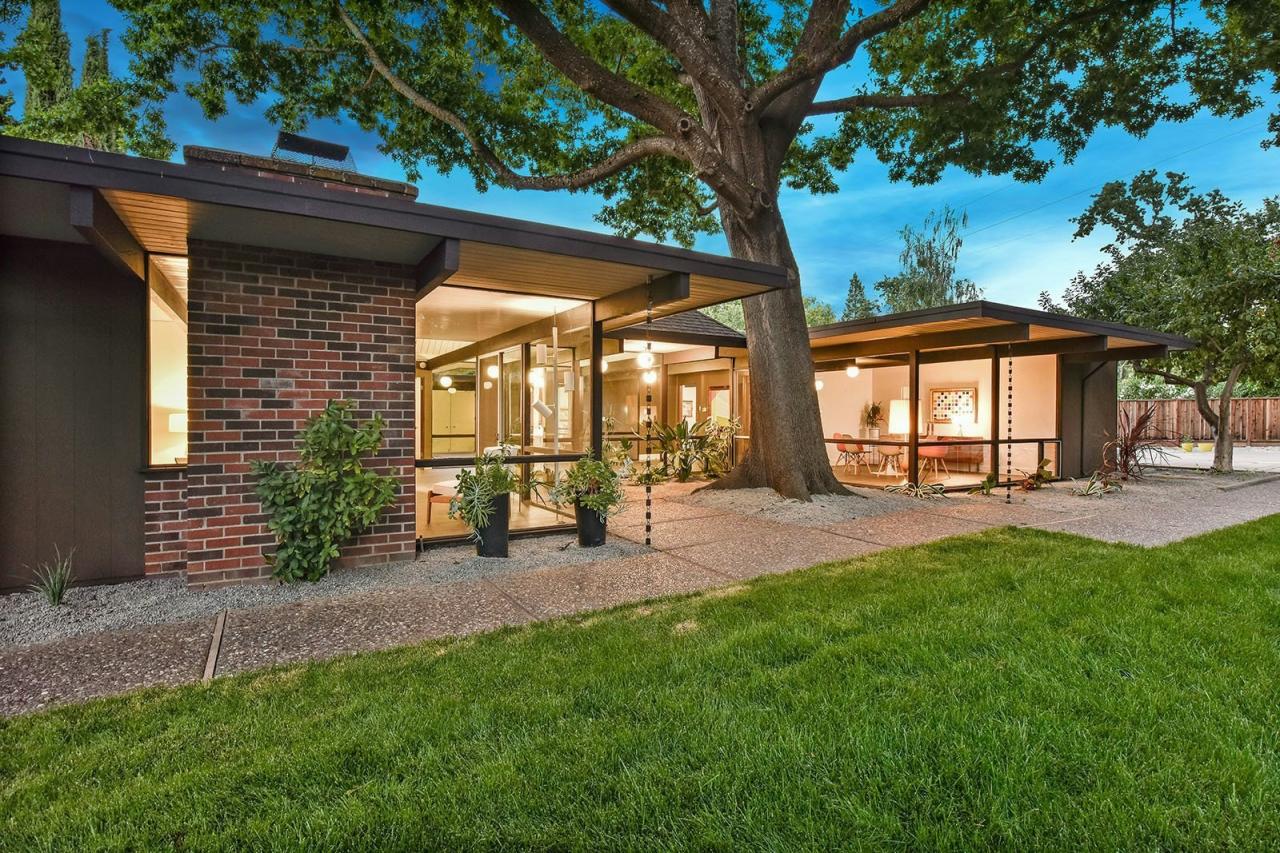
Net zero energy homes are designed to produce as much energy as they consume. By incorporating features such as solar panels, wind turbines, and energy-efficient appliances, homeowners can reduce their energy consumption and reliance on fossil fuels. In my opinion, net zero energy homes are the future of sustainable living. By reducing our energy consumption and generating renewable energy, we can minimize our impact on the environment and create a more sustainable future.
9. Resilient and Flood-Resistant Design
Resilient and flood-resistant design is becoming increasingly important in modern home construction. By incorporating features such as elevated foundations, waterproof membranes, and flood-resistant materials, homeowners can protect their homes from natural disasters and extreme weather events. In my opinion, resilient design is essential for creating safe and sustainable spaces.
10. Community-Oriented and Inclusive Design
Community-oriented and inclusive design is an essential aspect of modern home design. By incorporating features such as shared spaces, community gardens, and accessible design, architects and builders can create homes that foster a sense of community and social connection. In my opinion, community-oriented design is essential for creating vibrant and sustainable communities.
Conclusion
The future of modern houses is all about innovation, sustainability, and technological advancements. By incorporating sustainable design principles, smart home technology, and energy-efficient features, homeowners can create spaces that not only reduce their environmental impact but also enhance their quality of life. As we look to the future, it’s essential to prioritize sustainable design, resilience, and community-oriented design to create homes that are not just beautiful but also sustainable, efficient, and healthy.
In my opinion, the future of modern houses is bright, and it’s exciting to see the innovative designs and technologies that are emerging. As architects, builders, and homeowners, we have the opportunity to shape the future of modern houses and create spaces that are not just homes but also sustainable, healthy, and connected communities.
Architecture Gallery by The Future of Modern Houses: A Glimpse into Innovation and Sustainability
